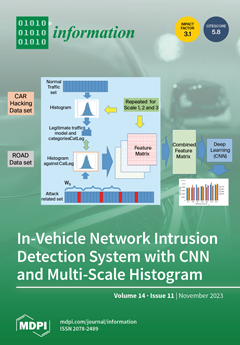Benchmarking different optimization algorithms is tasky, particularly for network-based cellular communication systems. The design and management process of these systems involves many stochastic variables and complex design parameters that demand an unbiased estimation and analysis. Though several optimization algorithms exist for different parametric modeling and tuning, an in-depth evaluation of their functional performance has not been adequately addressed, especially for cellular communication systems. Firstly, in this paper, nine key numerical and global optimization algorithms, comprising Gauss–Newton (GN), gradient descent (GD), Genetic Algorithm (GA), Levenberg–Marguardt (LM), Quasi-Newton (QN), Trust-Region–Dog-Leg (TR), pattern search (PAS), Simulated Annealing (SA), and particle swam (PS), have been benchmarked against measured data. The experimental data were taken from different radio signal propagation terrains around four eNodeB cells. In order to assist the radio frequency (RF) engineer in selecting the most suitable optimization method for the parametric model tuning, three-fold benchmarking criteria comprising the Accuracy Profile Benchmark (APB), Function Evaluation Benchmark (FEB), and Execution Speed Benchmark (ESB) were employed. The APB and FEB were quantitatively compared against the measured data for fair benchmarking. By leveraging the APB performance criteria, the QN achieved the best results with the preferred values of 98.34, 97.31, 97.44, and 96.65% in locations 1–4. The GD attained the worst performance with the lowest APE values of 98.25, 95.45, 96.10, and 95.70 in the tested locations. In terms of objective function values and their evaluation count, the QN algorithm shows the fewest function counts of 44, 44, 56, and 44, and the lowest objective values of 80.85, 37.77, 54.69, and 41.24, thus attaining the best optimization algorithm results across the study locations. The worst performance was attained by the GD with objective values of 86.45, 39.58, 76.66, and 54.27, respectively. Though the objective values achieved with global optimization methods, PAS, GA, PS, and SA, are relatively small compared to the QN, their function evaluation counts are high. The PAS, GA, PS, and SA recorded 1367, 2550, 3450, and 2818 function evaluation counts, which are relatively high. Overall, the QN algorithm achieves the best optimization, and it can serve as a reference for RF engineers in selecting suitable optimization methods for propagation modeling and parametric tuning.
Full article





